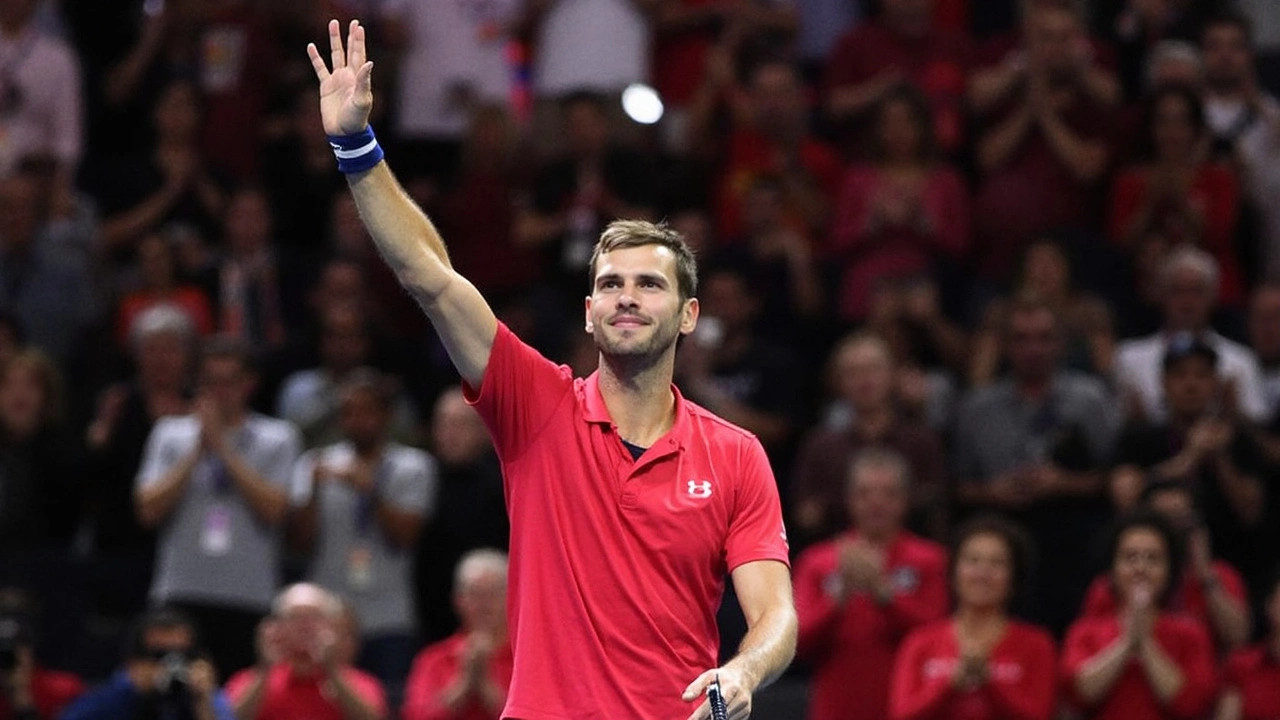Grand Slam
When you hear Grand Slam, the phrase usually points to the four biggest tennis tournaments – Australian Open, French Open, Wimbledon and US Open. Also known as major titles, it represents the ultimate test of skill across different court surfaces. The Grand Slam stands out because winning all four in a single calendar year is rare, and even a career collection is a milestone most players dream of.
But Grand Slam isn’t the only big‑ticket label in sports. Tennis majors, the same events that form a Grand Slam, are celebrated for their historic venues and diverse playing conditions draw crowds worldwide. In cricket, the Cricket World Cup, held every four years, showcases the best national teams competing for the sport’s top honor mirrors the prestige of a Grand Slam for batters and bowlers. Football fans follow the UEFA Nations League, a competition that pits European nations against each other, influencing player form for bigger tournaments. Across motorsport, the term “Grand Slam” even pops up when a driver dominates a race weekend, as seen in Formula 1’s push for perfect qualifying and race results.
Why Grand Slam matters across sports
At its core, a Grand Slam requires consistency. In tennis, players must adapt to hard, clay, grass and again hard surfaces, proving they can handle speed, bounce and stamina differences. That same need for adaptability shows up in cricket when teams shift from spin‑friendly pitches in India to fast tracks in England during a World Cup. Football’s Nations League forces coaches to rotate squads, testing depth and strategic flexibility – traits that help national teams in the World Cup or Euro finals. Even in Formula 1, a driver who clinches pole, leads every lap and wins the race achieves a “Grand Slam” of sorts, highlighting mastery over qualifying pace, race strategy and car reliability.
These high‑stakes events also shape careers. A tennis player who breaks into the Grand Slam conversation usually sees sponsorships rise, prize money jump, and media attention spike. Cricketers who shine in the World Cup often land IPL contracts or county deals, while footballers who excel in the Nations League attract transfers to bigger clubs. The ripple effect means fans get more storylines to follow, and media outlets have a steady stream of content – exactly what you’ll see in the articles below.
Performance metrics differ, but the goal stays the same: be the best when it counts most. In tennis, the key stats are serve percentage, unforced errors and break points saved across the four majors. Cricket fans track run‑rate, wickets taken and strike‑rate during the World Cup’s group stage and knockout rounds. Football analysts focus on possession, expected goals (xG) and defensive solidity in Nations League matches. Formula 1 teams obsess over lap times, tyre wear and pit‑stop efficiency to pull off a Grand Slam weekend.
Fans also love the drama of underdogs. Remember when Sunrisers Hyderabad pulled off a one‑run win in IPL 2024? That kind of thriller echoes an unseeded tennis player battling through qualifiers to win Wimbledon. Or when a lesser‑known cricketer scores a century in the World Cup, shaking up the odds for bigger nations. These moments keep the “Grand Slam” aura alive across sports, making every tournament feel like a chance for history.
Technology plays a bigger role now. Hawk‑eye and line‑call systems in tennis provide instant validation, similar to VAR in football’s Nations League. In cricket, DRS (Decision Review System) mirrors those tools, ensuring fair play during critical World Cup moments. Even Formula 1 relies on telemetry and real‑time data to fine‑tune car setups for a perfect race weekend. All these tech layers add depth to the Grand Slam narrative, giving fans more angles to discuss and analysts more facts to crunch.
From a business perspective, sponsors chase Grand Slam exposure because the audience reach is massive. Brands that appear on a tennis court at Wimbledon get global visibility, just like those that sponsor a World Cup match or a Nations League fixture. This commercial interest fuels higher prize money, better facilities, and more media coverage – all of which feed back into the excitement that readers crave.
So whether you’re tracking a tennis legend chasing a calendar‑year Grand Slam, a cricketer aiming for World Cup glory, a footballer proving his worth in the Nations League, or a driver targeting a perfect Formula 1 weekend, the underlying theme is the same: peak performance when the stakes are highest. Below you’ll find a curated set of stories that capture these high‑pressure moments, from IPL turnarounds to Ronaldo’s penalty shootout drama, and even a Formula 1 safety update after Zhou Guanyu’s crash. Dive in to see how the concept of a Grand Slam reverberates through today’s biggest sports headlines.

